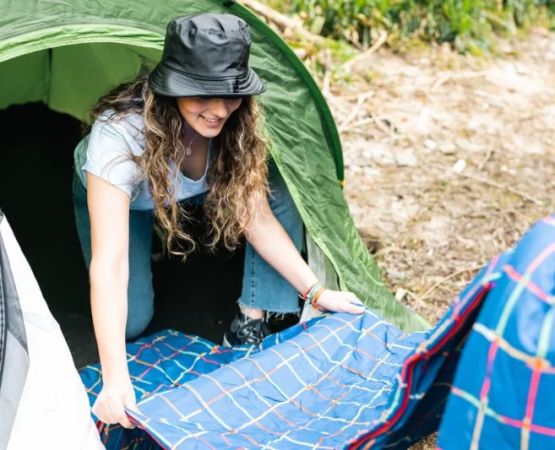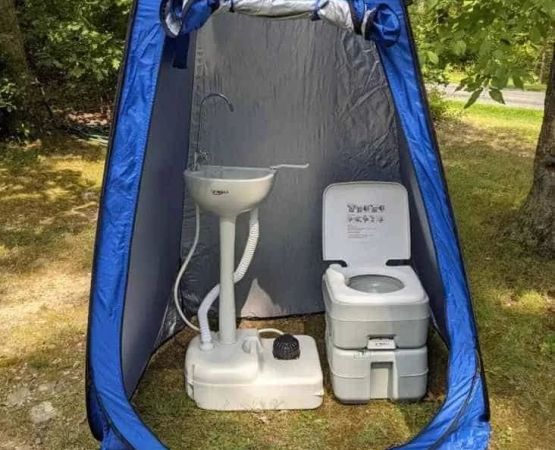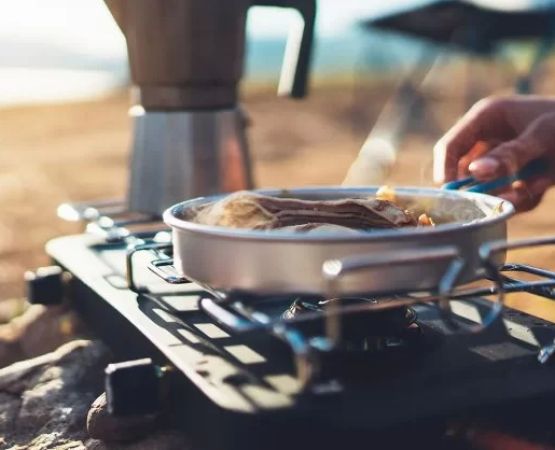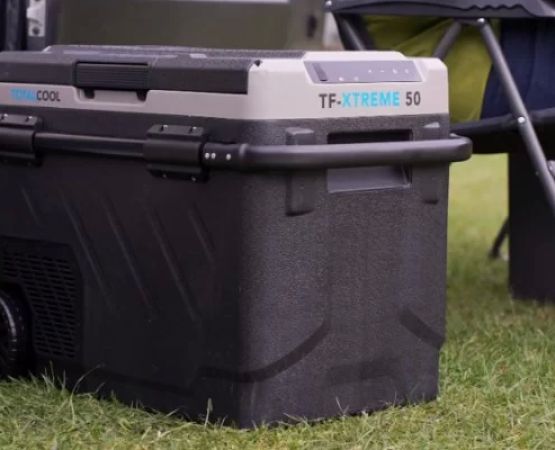Essential Gear for Backpacking in High Altitudes: Your Ultimate Guide
- 1. Clothing and Layering for High Altitude Adventures
- 2. Choosing the Right Backpacking Tent
- 3. Sleeping Bag and Mattress: Comfort at High Altitudes
- 4. Backpacking Food: Fueling Your High Altitude Journey
- 5. Hydration Essentials for Backpacking at High Altitudes
- 6. Navigation Gear: Staying on Track
1. Clothing and Layering for High Altitude Adventures
When preparing for a backpacking trip in high altitudes, the most important consideration is clothing. The weather in the mountains can change rapidly, and temperatures can vary drastically from day to night. Layering is key to staying warm and dry. Start with moisture-wicking base layers to keep sweat away from your skin, followed by an insulating layer (like fleece or down), and a waterproof, windproof outer layer to protect against rain and wind. Don't forget to pack gloves, a hat, and warm socks to protect your extremities.
2. Choosing the Right Backpacking Tent
Your tent is your home on the trail, so it's crucial to choose one that can withstand the harsh conditions of high-altitude backpacking. Look for a four-season tent that’s designed to handle snow, wind, and cold temperatures. The tent should also be lightweight but durable enough to withstand strong winds. Make sure it has good ventilation to prevent condensation build-up inside, which can be particularly problematic in higher altitudes.
3. Sleeping Bag and Mattress: Comfort at High Altitudes
When you're sleeping at high altitudes, staying warm and comfortable is essential. Choose a sleeping bag that is rated for lower temperatures than you expect to encounter. Down sleeping bags offer excellent warmth-to-weight ratios but require careful storage to avoid losing insulation. Pair your sleeping bag with a high-quality sleeping pad to provide insulation from the cold ground and add extra comfort during those long mountain nights.
4. Backpacking Food: Fueling Your High Altitude Journey
At high altitudes, your body burns more calories than usual, so it's essential to pack high-energy, easy-to-carry food. Opt for freeze-dried meals, energy bars, nuts, and jerky, as they’re lightweight and nutritious. Avoid foods that require too much preparation, as it can be challenging to cook at higher elevations due to lower air pressure. Don't forget to include snacks that provide quick energy during the day, like trail mix or chocolate.
5. Hydration Essentials for Backpacking at High Altitudes
Staying hydrated is critical at high altitudes, as you can dehydrate more quickly due to the dry air and increased physical exertion. Always carry a reliable water filtration system, like a pump filter or water purification tablets, to ensure access to safe drinking water. Consider using a hydration reservoir with a hose, so you can drink easily without having to stop and take off your pack. Aim to drink small amounts of water regularly to stay ahead of dehydration.
6. Navigation Gear: Staying on Track
High-altitude hiking often means rugged and remote terrain, so having the right navigation tools is crucial. A good map, a compass, or a GPS device is essential to help you stay on course. If you’re unfamiliar with the area, consider downloading offline maps on your phone or using a portable power bank to keep your devices charged. Make sure you also have a reliable headlamp or flashlight with extra batteries, as high-altitude trips can often involve early starts or late finishes.
For more information on the best gear for your next high-altitude backpacking trip, visit Pine Cliff Resort, where you can find expert advice and gear recommendations tailored to your outdoor needs.







